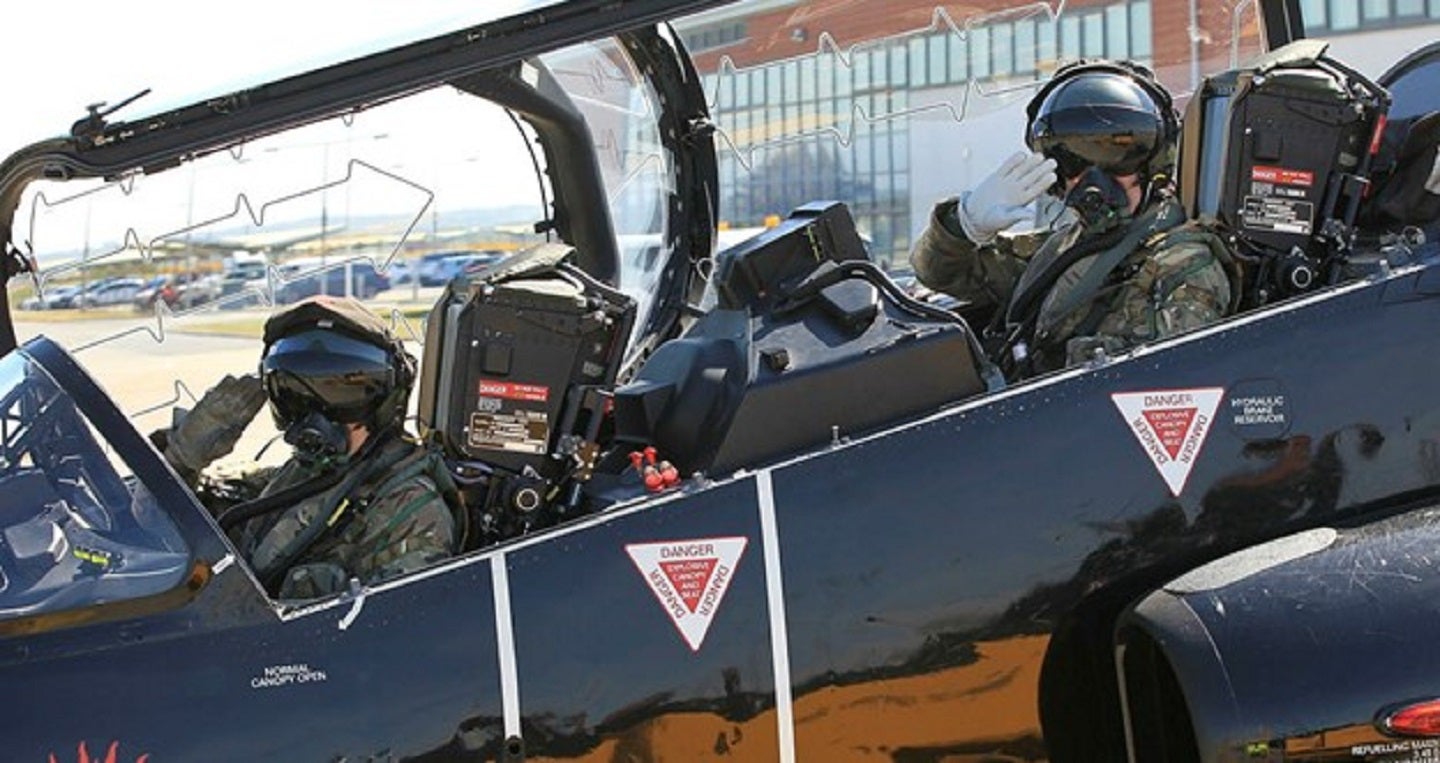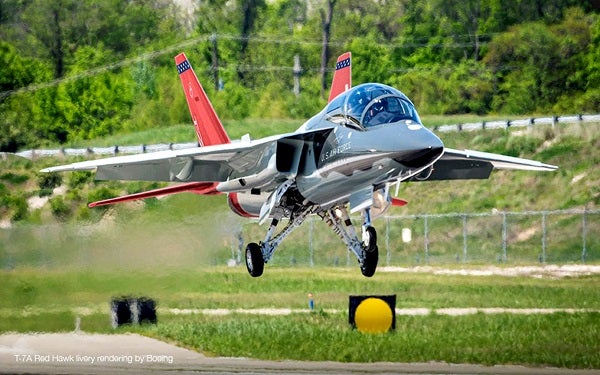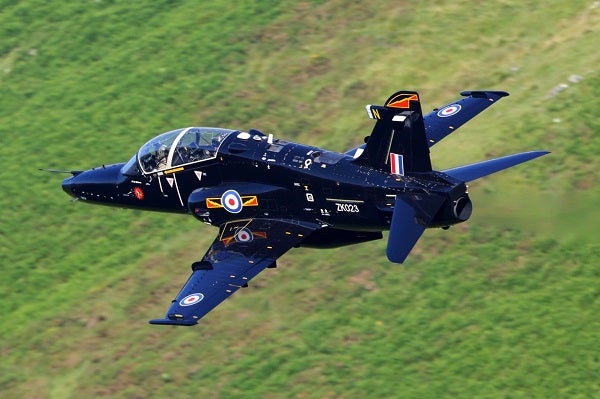
UK House of Commons Defence Committee member John Spellar probed British industry representatives’ assertion that RAF pilots are gaining a reasonable balance of real and virtual aircraft training.
Currently, RAF pilots undergo a mixed training regime, using BAE Systems’ enduring Hawk T2 trainer aircraft for real-flight experience while using Ab-initio synthetic training simulators to hone skills through iterative practice and learning from these saved trials.
“I think what we’ve seen is a complete transformation in flight training in terms of the balance between live and synthetic,” contended Simon Barnes, the group managing director, air, at BAE Systems. “So Hawk is fulfilling a very important role at the moment but we’re throwing our mind forward with how to train the people of the future.”
In contrast, Spellar suggested the UK “has missed out on a major opportunity” in building a future trainer aircraft, adding that both “[BAE Systems] and the senior brass at the RAF may think this is all going to be done on virtual training, but that doesn’t seem to be a view shared in the air forces around the world.”
Just this week, the US Air Force’s (USAF) T-7A Red Hawk programme made some momentum in its production phase. The Swedish prime Saab was subcontracted by Boeing to produce the aft fuselages.

Shortly before this, in November 2023, the first T-7A arrived at Edwards Air Force Base in California to begin a developmental flight test campaign, finally due to replace the legacy T-38 Talon.
Ultimately, the UK Committee’s rough questioning stems from its concern that when the Hawk T2 nears the end of its life cycle, the RAF will be left with nothing for real-world training in a physical aircraft that possesses next-generation capabilities suited to a completely new era of aerial warfare.
Although the Hawk’s life cycle comes to an end in 2040, there is the concern that a potential technology gap will render the RAF’s real-world training obsolete as the simulated training evolves with the latest technology insertions.
RAF perspective on the Hawk T2 and synthetic training
Made famous by the Red Arrows RAF Aerobatic Team, the original forty-year-old Hawk T1 trainer entered service in 1976.
Likewise, over 800 Hawk aircraft variants have been delivered and it has been exported to Abu Dhabi, Dubai, Finland, Indonesia, Kenya, Malaysia, Oman, Saudi Arabia, South Korea, Switzerland, the US and Zimbabwe.

Nevertheless, the RAF shares BAE’s sentiments when it comes to simulation training.
RAF spokesman, Wing Commander Martin Tinworth, told Airforce Technology that synthetic training “is now an integral part of every pilot’s training and combat effectiveness and provides a variety of benefits including efficiency, safety, environmental considerations and realistic threat emulation.”
GlobalData intelligence says that there are several factors encouraging militaries to reduce their participation in live training programmes. Among them environmental issues and high fuel prices are the two main ones. Due to this, the simulator and virtual training market is gaining attention as it is deemed a more cost-efficient form of training.
“Differing aircraft fleets use differing amounts of simulator/live training dependent on the requirements of the force and fidelity of the available synthetic environments. However, live flying continues to be a requirement for all fleets,” Tinworth added.
“Simulators in the past have been ‘stand-alone’ for each aircraft type, however, now the RAF is at the forefront of transformation to create networks of Distributed Synthetic Multi-Domain Integration Training, through the Gladiator capability and the Air Battlespace Training Centre which enable realistic Large Force multinational Exercises in the Synthetic environment.”
“What that mix [of live and synthetic training] will be is going to be very important.”
Simon Barnes, group managing director, air, BAE Systems.
Barnes similarly noted that “that gives us a great viewpoint into what current training looks like, what future sixth generation training needs to look like.
“The balance between live and synthetic will be something on everyone’s minds. The synthetic environment gives you a great ability to protect information and repeat things at low cost. There will always be a flying component of training, that’s absolutely critical. What that mix will be is going to be very important.”



